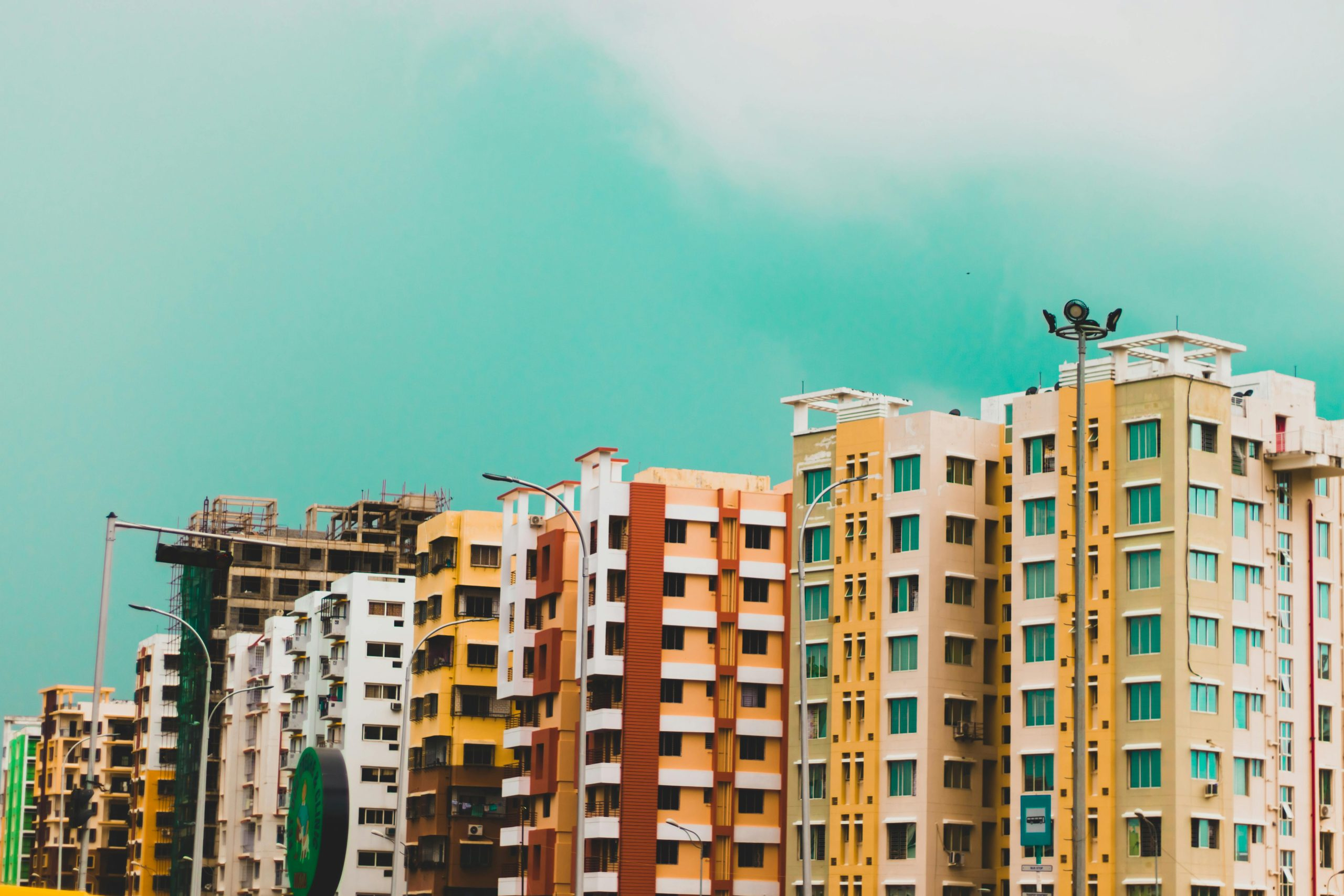3D-Printed Neighborhoods: 90-Day Construction for Affordable Housing
When it comes to affordable housing, the traditional construction process can often be time-consuming and costly. However, with the rise of 3D printing technology, a new wave of innovation has emerged in the housing industry. 3D-printed neighborhoods are quickly becoming a viable solution for providing affordable homes in a fraction of the time it takes for traditional construction methods. In fact, some companies claim that these neighborhoods can be built in just 90 days. But how exactly does this process work? In this article, we’ll take a closer look at 3D-printed neighborhoods and explore why they are gaining popularity as a solution for affordable housing.
What are 3D-Printed Neighborhoods?
3D-printed neighborhoods are residential communities that are constructed primarily using 3D printing technology. This process involves creating three-dimensional structures by printing layer upon layer of material. The materials used for 3D printing can vary, but most commonly include concrete, plastic, and other composite materials.
While this method is not entirely new, it has only recently gained traction in the housing industry. 3D printing technology has been used in other industries for years, but it was not until the past decade that it began being used for the construction of homes and neighborhoods.
The 90-Day Construction Process
One of the most significant advantages of 3D-printed neighborhoods is the speed at which they can be constructed. Traditional home construction can take anywhere from six months to over a year to complete. However, 3D-printed neighborhoods can be built in as little as 90 days.
So, how is this possible? The answer lies in the technology and process used for 3D printing. Instead of manual labor and traditional building materials, 3D printers can rapidly create walls, floors, and even roofs layer by layer. This process is much faster and more precise than traditional construction methods, resulting in a significantly reduced building time.
In addition to the speed, 3D printing also reduces the number of workers needed at the construction site. With automation and fewer labor-intensive tasks involved, the process is much more efficient, resulting in lower labor costs and a quicker turnaround time.
The Cost-Saving Benefits
Aside from saving time, 3D-printed neighborhoods also offer significant cost-saving benefits. The traditional construction process can be expensive, and the costs continue to rise as labor and material prices increase. 3D printing, on the other hand, uses a smaller amount of labor and material, resulting in a reduction in construction costs.
In addition, the precision and efficiency of 3D printing ensure that there is minimal waste, which also helps to keep costs down. Furthermore, 3D printing can be done on-site, eliminating transportation costs for materials and reducing the environmental impact of construction.
Addressing Affordable Housing Concerns
One of the most significant challenges in the housing industry is providing affordable homes for those in need. With the high cost of traditional construction, many people are unable to afford decent housing options. 3D-printed neighborhoods offer a potential solution to this problem.
The reduced construction costs, shorter building time, and increased efficiency of 3D printing make it a more practical option for those seeking affordable housing. In addition, the use of recycled materials in the printing process can further lower costs and make these homes more environmentally friendly.
Current and Future Applications
3D-printed neighborhoods are still in the early stages of development. However, the technology is quickly evolving and becoming more prevalent. Today, 3D-printed homes and neighborhoods have been built in various countries, including the US, China, and Mexico.
One of the most ambitious projects in the works is the development of a 3D-printed village in El Salvador. The community of 100 homes will be constructed using a massive 3D printer, with each house taking only 24 hours to be printed and assembled. This project aims to provide affordable, safe, and sustainable homes for low-income families.
The potential for 3D-printed neighborhoods is vast, and there is no doubt that we will see more applications of this technology in the future. As the technology becomes more refined and the costs continue to decrease, it has the potential to revolutionize the way we think about affordable housing.
Conclusion
In a world where housing costs continue to rise, 3D-printed neighborhoods offer a glimmer of hope for those seeking affordable and sustainable housing options. With the ability to construct homes in just 90 days and at a fraction of the cost of traditional construction, this technology has the potential to make a significant impact on the housing industry. As we continue to see advancements and developments in 3D printing, we can only imagine the potential for this innovative solution in the future.











